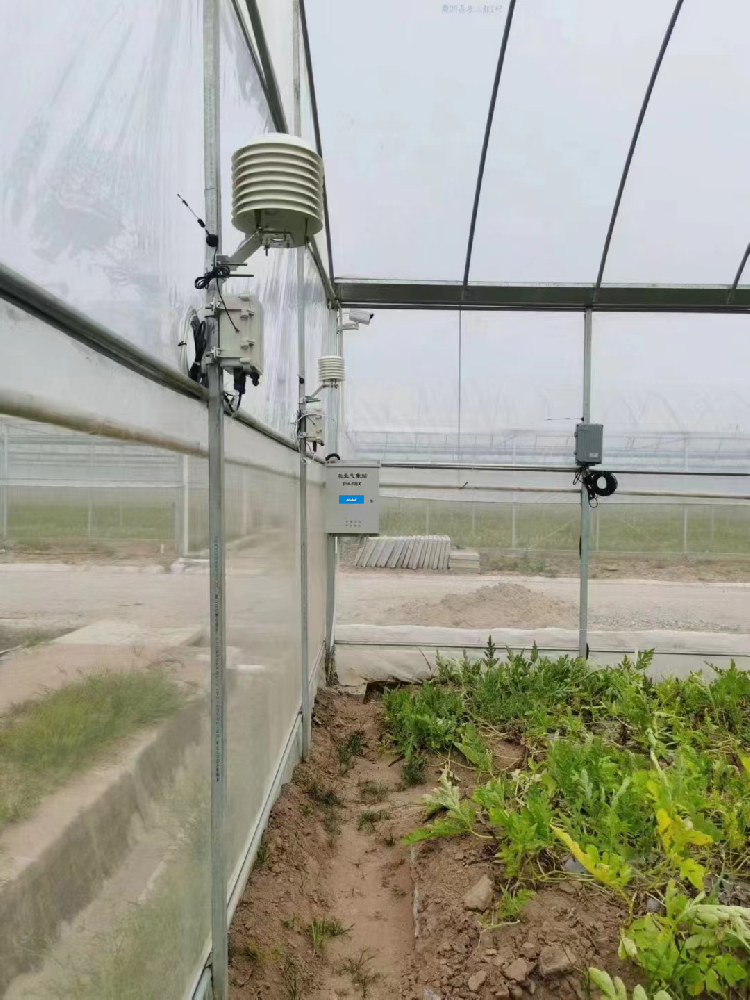

— Blogs —
—Products—
 Consumer hotline +8618073152920
Consumer hotline +8618073152920 WhatsApp:+8615367865107
Address:Room 102, District D, Houhu Industrial Park, Yuelu District, Changsha City, Hunan Province, China
Product knowledge
Time:2024-05-18 16:25:24 Popularity:3077
Intelligent greenhouse system needs which internet of things equipment
A smart shed system is a system that utilizes IoT technology to monitor and intelligently control the environment inside the shed in real time. In order to achieve this goal, the smart greenhouse system usually requires the following IoT devices:

1. environment sensing devices:
Temperature sensor: used to monitor the temperature changes inside the greenhouse.
Humidity sensor: to monitor the humidity level inside the greenhouse.
Light Sensor: Used to detect light intensity and help control equipment such as shade nets and lights.
CO2 Sensor: Used to monitor CO2 concentration to help optimize ventilation and CO2 replenishment.
Soil Moisture Sensor: Used to monitor soil moisture.
2. Irrigation and fertilization equipment:
Soil Moisture Sensor: monitors soil moisture and helps to automatically control the irrigation system.
Fertilizer applicator: Automatically or remotely control the application of fertilizer according to plant needs.

3. Monitoring and control equipment:
Controller: According to sensor data and preset parameters, the controller can automatically adjust the environment inside the greenhouse, such as opening and closing the shade net, adjusting the amount of water spray, controlling the humidifier or dehumidifier.
Camera: Used to remotely monitor the interior of the greenhouse.
Automatic ventilation window: automatically control ventilation according to temperature and humidity.
4. Data transmission equipment:
Gateway device: used to receive data sent by sensors and process it, then upload the data to the cloud or local server. Data collectors usually have some computing power to perform preliminary data analysis.
Communication devices: such as WiFi, Bluetooth, LoRa, NBIoT, 5G and other communication modules, which are used to transmit data from data collectors or sensors to the cloud or other devices.
5. cloud platforms and applications:
Cloud server: used to store and manage the collected data and provide data analysis and decision support. The cloud server can be accessed remotely, allowing the user to know the environmental conditions in the greenhouse at any time.
Mobile application or web application: such as mobile application, web console, etc. Users can view the environmental data in the greenhouse in real time and remotely control the equipment in the greenhouse through these interfaces.
6. Power management equipment:
In order to ensure the stable operation of the system, reliable power management equipment is required, such as uninterruptible power supply (UPS), solar panels, batteries and so on.
7. Intelligent devices:
such as automatic sprinkler systems, intelligent ventilation systems, LED grow lights, temperature and humidity regulators, etc. These devices can work automatically according to the sensor data and instructions from the controller.
Device Functions: When choosing a device, you should first define the required functions and parameters. For example, what environmental parameters the sensors need to measure, what operations the actuation devices need to perform, etc.
Equipment accuracy and stability: Choose equipment with high accuracy and good stability to ensure the accuracy and reliability of the data.
Compatibility: Devices need to have good compatibility with each other so that they can connect and work together.
Cost: According to the budget and actual needs, choose cost-effective equipment.
Brand and service: Choose a well-known brand and a supplier that provides perfect service to ensure the quality of the equipment and the experience of using it.
It is also necessary to consider the installation and maintenance costs of the device and whether professional technical support is required. When choosing IoT equipment, it is recommended to communicate and consult with professional agricultural IoT companies or technical teams in order to get more comprehensive and professional advice.
In conclusion, the smart greenhouse system requires a variety of IoT devices to realize the automated monitoring and control of the environment in the greenhouse. By integrating these IoT devices, the smart greenhouse system is able to achieve automated environmental monitoring, irrigation and fertilization control, as well as remote monitoring and management functions, thereby improving crop growth efficiency, reducing energy consumption, and reducing labor costs. Through the integration of these devices and technologies, the smart greenhouse system can realize real-time monitoring and precise control of the internal environment of the greenhouse to improve the efficiency and quality of crop growth.
Prev:Smart greenhouse environmental monitoring sensors and role
Next:Soil Moisture Monitoring Systems in Precision Agriculture
Related recommendations
Sensors & Weather Stations Catalog
Agriculture Sensors and Weather Stations Catalog-NiuBoL.pdf
Weather Stations Catalog-NiuBoL.pdf
Related products
 Combined air temperature and relative humidity sensor
Combined air temperature and relative humidity sensor Soil Moisture Temperature sensor for irrigation
Soil Moisture Temperature sensor for irrigation Soil pH sensor RS485 soil Testing instrument soil ph meter for agriculture
Soil pH sensor RS485 soil Testing instrument soil ph meter for agriculture Wind Speed sensor Output Modbus/RS485/Analog/0-5V/4-20mA
Wind Speed sensor Output Modbus/RS485/Analog/0-5V/4-20mA Tipping bucket rain gauge for weather monitoring auto rainfall sensor RS485/Outdoor/stainless steel
Tipping bucket rain gauge for weather monitoring auto rainfall sensor RS485/Outdoor/stainless steel Pyranometer Solar Radiation Sensor 4-20mA/RS485
Pyranometer Solar Radiation Sensor 4-20mA/RS485
Screenshot, WhatsApp to identify the QR code
WhatsApp number:+8615367865107
(Click on WhatsApp to copy and add friends)
